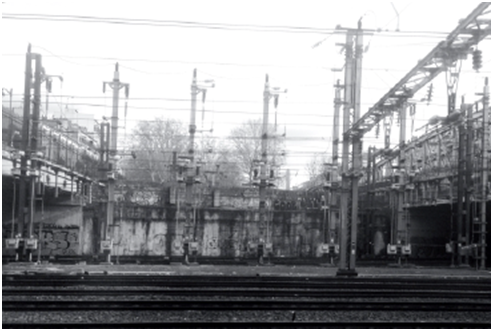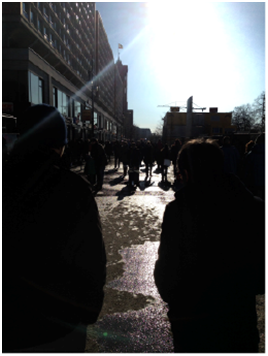Any images that you submit to the marketplace must meet our basic technical standards regarding image resolution and image quality. These are industry standards, created to make sure images can be purchased for as many different uses as possible and to reassure clients that they can use images they select in the way they want to.
Blown Highlights are a common problem when shooting in very bright conditions, in high contrast scenes or when backlighting. In digital images, blown highlights represent a lack of information in that part of the image and an image with severely blown highlights, or with large areas that are blownout, will not be accepted.

Shooting in low light or exposing for the brightest area of you subject in a high contrast scene can mean loss of detail in the darkest areas of your image. Sometimes a lack of shadow detail and blown highlights occur in the same image as the lens tries, and fails, to capture all the light levels. A substantial lack of detail in the darker areas of your image will usually mean the image is rejected.

Sithout manual control of your phone or camera, balancing your exposure in certain lighting conditions can be a tough thing to do. Many photographers tend to avoid high contrast scenes all together, but if you see a shot, it’s always worth trying to reposition yourself to find an angle and composition that works. A small amount of flash can work wonders when backlighting and you can always try to make the scenes more lens friendly, by bouncing some light into the scene using a piece of white card or stretched fabric.
Getting your exposure right on your phone camera whilst taking the shot, will give you a better final image. Editing apps and filters are great to enhance your image, but the basics of in-camera exposure should be treated the same as if you were shooting on a camera.
This appears as a colored fringing on the edges of outline of your subject. It is usually purple and occurs because in certain conditions the camera lens cannot converge all the different color wavelengths of light to the same point.
Chromatic Aberration is more likely to occur when using a shallow depth of field but it is possible to remove it in post-production. Any images we see with Chromatic Aberration will be rejected.


